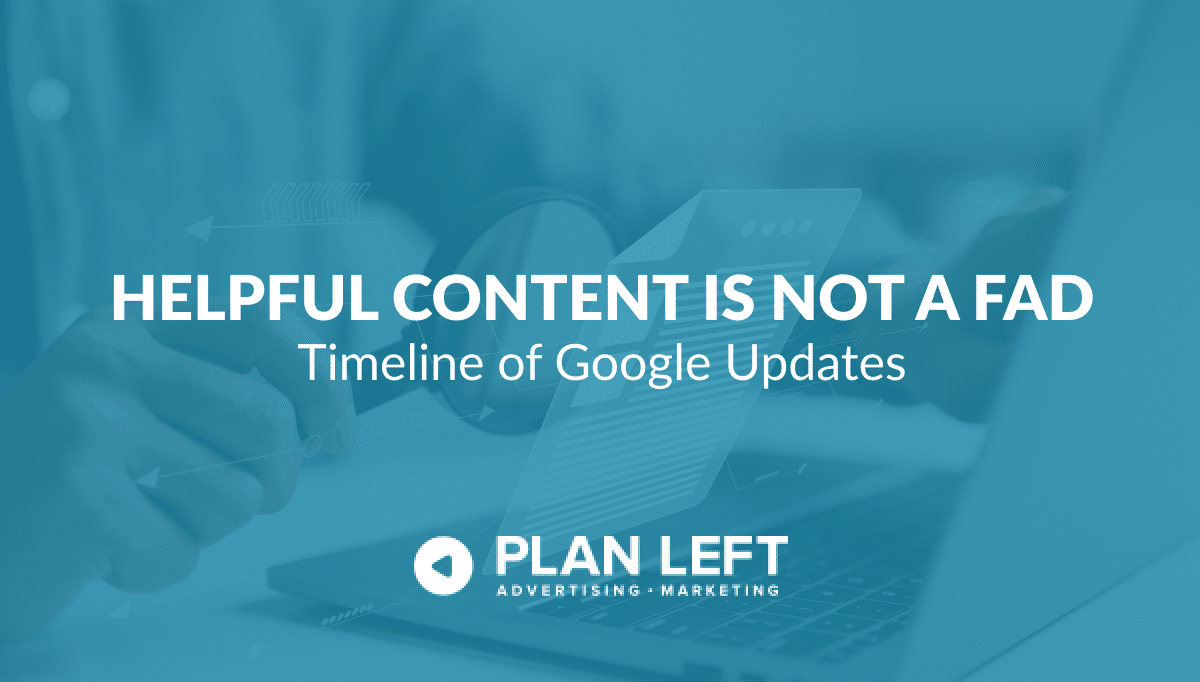
Updated Content on 06/23/2023
Technology is amazing, isn’t it? You can shoot better-quality video with your iPhone than most handheld cameras. This ability has prompted many brands to shoot their own marketing videos, whether to share more about the company or promote the products and services. The problem is these videos sometimes suck.
There are many reasons your marketing videos might need improvement. In fact, some might be downright bad. From bad writing to terrible camera work, most issues are fixable with a little work. Here are four areas of marketing videos to focus on to get professional content every time.
Shot with the Wrong Resolution
Because many use iPhones and other handheld cameras for non-professional shooting, the resolution is typically 720p unless otherwise specified. This format is usually fine for online viewing with distributors like YouTube, Instagram, TikTok, or other social media outlets, but even Vimeo is looking for a higher resolution than this. What happens when you want to use that footage in a broadcast setting and not just online? If that video plays on a larger screen, the footage will be poor quality.
Determine how most people will view your video and work backward from there. Or, to cover all your bases all the time, simply shoot in the highest possible resolution your camera allows, which is usually 1080i or 1080p. If you intend to show the video online, your images will always look fantastic. Should those videos be viewed on larger screens, you don’t need to worry that the quality of the pictures will suffer.
If you’re editing the footage or exporting the project, always export at an appropriate resolution. It’s very easy to shoot in 1080 and accidentally export in 720. If you export in 1080 after shooting in lower resolution, the video will still have poor quality.
Bad Sound Quality
Phones and handheld cameras are great for capturing a moment, but they could be better at catching the sound. Suppose you plan to use footage from your iPhone. In that case, you’ll need plenty of sound editing to eliminate any outside noises, such as traffic, wind, additional voices, and even the sound of the cameraman handling the camera. This may involve editing out all sounds and adding another audio track later.
Realistically, without creating more issues, getting rid of unwanted sounds is nearly impossible. You may need some way to ensure the speaker or performer in your video is the only sound heard. A microphone is perfect if you have one. Or, use an external audio recorder setup to focus on your speaker or performer. You can also choose from handheld microphones, clip-ons (lavaliers), boom or zoom microphones, or any external recorder that will capture your desired sound quality. External recording can get hairy, so use a watch, a phone, or another timekeeping device and set it to 0 at the beginning of a recording. This will help sync your video for editing. Or, try the classic clapperboard method to line up the audio and video in the editing stage.
Poor Music Choice
Have you considered the music you’ll use to tie together various scenes? Without music, the silence could be distracting. You’ll want something you have the rights to use, which can be expensive. Start with royalty-free music first, but be prepared to shell out the cash if none of the music fits just right.
If you’re making videos for social media like Instagram Reels or TikToks, don’t underestimate the power of trending sounds. These audios come in the form of music or pop culture sound bites that play over your video content. If a viewer spends a lot of time watching a video with a trending sound, the Instagram and TikTok algorithms are designed to show the viewer more videos with the same sound. Trending audios ramp up your video content’s discoverability. Of course, make sure that the audio and music you choose still make sense with the video. The internet is unforgiving to those that use meme formats the wrong way.
Remember that music is more than just a tool to help viewers discover your video. Trending audios have no connection to content like YouTube videos. Music helps you tell a story from beginning to end, supports the emotions you hope to evoke, and maintains the mood throughout. “Good enough” is never actually good enough. Your viewers will notice if you spend less time with your video soundtrack.
The Story is Missing
A collection of images wired together with a cool soundtrack does not make a story. Your goal with every video is to take viewers on a journey. The story can be short and simple. You don’t need a big script or stage directions. All you need to do is tell your story. If you intend to advertise, you can also tell the story through many videos. Without a story, buyers have nothing to connect to. Without that connection, you’ll fail to build relationships. Maybe you think one video won’t make a difference, but what if it’s the one video a potential buyer sees? Make sure every video you release serves its purpose. Otherwise, the video might suck.
Finally, to tell a story, you must first capture the viewer’s attention. You have five seconds at most to pull a viewer into your video before they decide to click off. MrBeast (the fourth-most subscribed YouTuber as of March 2023) once shared that the secret to audience retention is a short and exciting intro before diving straight into the video content. Viewers don’t want to wait around for the good stuff, so don’t waste their time.
As always, we’re here to help. With years of experience with music videos, short films, and marketing videos, we understand the many components that make up videos that don’t suck. If you need help, give us a call.
Explore Latest Posts
Since the last round of Core and Spam updates knocked nearly 40% of websites out of Google’s search index, it ... read more
April 26, 2024
Google says the quality of your webpage is a ranking factor, but what is ‘quality’ according to Google? That would ... read more
April 19, 2024
In 2011, Google first changed how content was written with the Panda Update by changing how keywords could be used ... read more
April 17, 2024
MARKETING insights
Join the Thousands Who Receive Our Twice-Monthly Newsletter.
It's hard to keep up. Our newsletter is packed with buyer behavior insights, the latest marketing and technology updates, work/life balance tips, and—because we ❤️ our support staff—adorable pets looking for forever homes. Only twice per month. No clogged inboxes. You can't say no.




